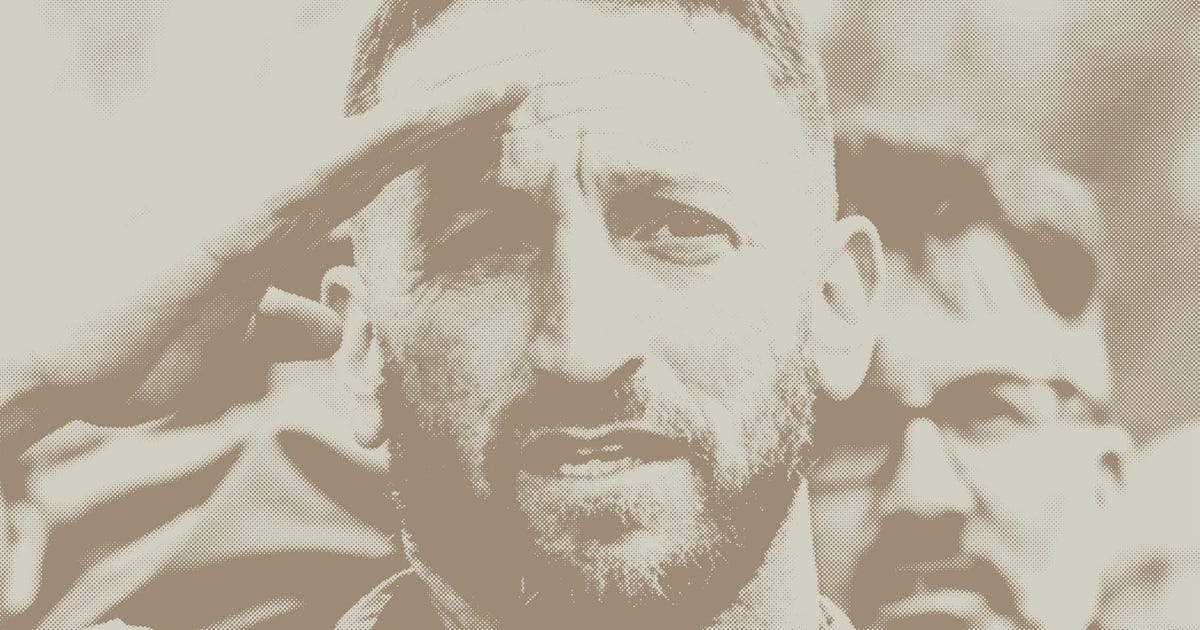- cross-posted to:
- [email protected]
- cross-posted to:
- [email protected]
Until she was taken out of the house, Porat identified nine living hostages. She wasn’t a witness to the close-range shooting of any of the hostages, or to any of them being hit in the exchange of fire. “I didn’t see anyone execute anyone,” she says. “I didn’t see a body.” That is compatible with what Hadas Dagan said – she was held in the house until the end of the event and saw only two hostages who were not alive. “Long before the two [tank] shells, Adi and I saw that two were no longer with us,” she says.
Porat: “At one point I went to sit in a jeep with one of the Shin Bet [security service] men, and suddenly I see a tank moving along the road.” The driver of the tank was Armored Corps officer Col. Nissim Hazan. A few hours earlier, Hazan had located the tank, which was damaged, in the area of the Re’im party. Hazan pulled a dead soldier out of the tank, rendered it serviceable, collected a pickup crew and asked on the radio, “Where do you need me?” At Be’eri, he was told. Hazan arrived at the entry gate of the kibbutz and was directed to Pesi Cohen’s house.
“I understood that this tank wasn’t like another bullet that’s fired from a rifle,” Porat relates. “So I asked: If you fire shells, won’t the hostages be hurt? And the Shin Bet man told me, ‘No, we only shoot at the sides, take down walls.’ I believed him.”
Lt. Col. Salman Habaka, a battalion commander in the Armored Corps, entered Be’eri with three tanks, all of which operated in other parts of the kibbutz. Habaka was killed last November in a battle in the northern Gaza Strip. However, testimony he gave before his death indicates that firing tank shells at homes in Be’eri was quite a routine practice that day – by order of Hiram Barak.


Imagine trying to take the IDF to trial for their crimes and every time you go to call one of them to testify “damn, killed in a battle too. Next witness.”